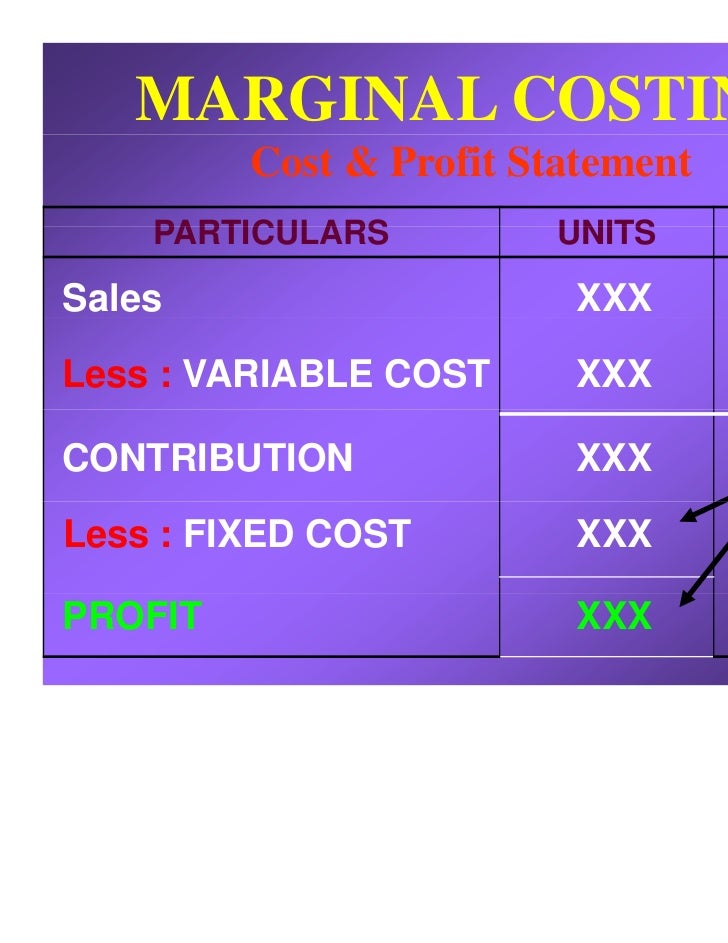The concept of marginal cost occupies an important place in Economics. It is the addition to total cost required to produce one additional unit of a commodity. It is measured by the change in total cost resulting from a unit increase in output.
For example, if the total cost of producing 5 units of a commodity is Rs. 100 and that of 6 units is Rs. 110, then the marginal cost of producing 6th unit of commodity is Rs. 110 – Rs. 100 = Rs. 10. The formula for marginal cost is
ADVERTISEMENTS:
MCn =TCn –TCn-1
It means that marginal, cost of ‘n’ units of output (MCn) can be obtained by subtracting the total cost of production of ‘n-1’ units (TCn) from the total cost of production of ‘n’ units (TC).
Alternatively, marginal cost can be expressed as
MC = ∆TC5/∆Q = d (TC)/dQ
ADVERTISEMENTS:
Here, ∆TC stands for change in total cost and ∆Q stands for change in total output.
It is worth noting that marginal cost is independent of the fixed cost, as fixed cost does not change with output (in the short period). Marginal cost is affected only by the variable cost, over which the firm has the most direct control.
Marginal cost can be saved by reducing total output. Thus, the firm has most direct control over marginal cost. A firm’s decision as to what output level to produce is largely influenced by this cost.
ADVERTISEMENTS:
Marginal cost can be obtained by comparing either the change in total cost or the change in total variable cost, when output is increased by one unit. This point can be explained with the help of simple algebra as follows:
MC = ∆TVC/∆Q
Therefore, marginal cost reflects only the change in total variable cost. The summation of marginal costs of different sellers gives the supply of a commodity, which together with demand influence price and hence production decision.
The behaviour of marginal cost is also influenced by the law of returns. Initially, marginal cost falls (when total or variable cost rises slowly), then it remains constant and finally it rises (when total or variable cost rises fast).
Thus, MC curve is U-shaped. MC curve is graphically illustrated in Fig. 9.6. MC at each level of output is derived from the slope of the TC or TVC curve. The slope of a curve at any point is the slope of the tangent at that point, which decreases initially and then rises. With an inverse-S shape of the TC or TVC curve, the MC curve will be U-shaped.
The slope of the tangent to the total cost curve declines gradually, until it becomes minimum at some point, then starts rising: This explains the shape of MC curve.



